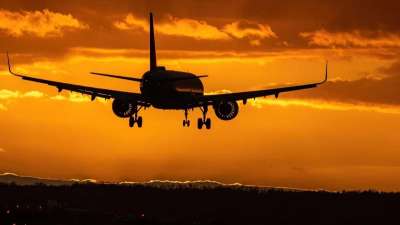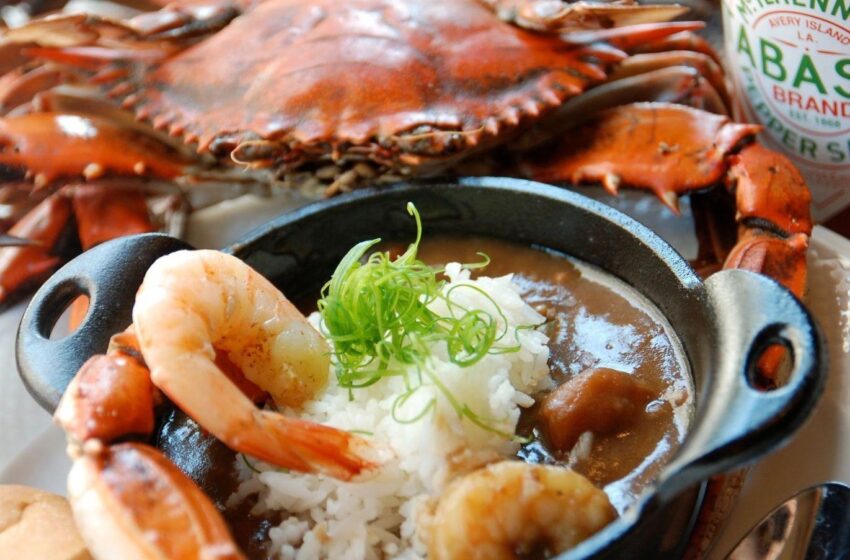On 12th and 13th June, for the first time in the United States of America, the 2024 Americas selection for the Bocuse d’Or will take place in New Orleans, the largest city of Louisiana. A doubly original selection as it is also the first participation of Venezuela alongside 11 other teams from all over the American continent. The candidates in the running will have to work with traditional Louisianan products for the legendary platter theme in the presence of the Honorary President Emeril Lagasse – recognized for his mastery of New Orleans gastronomy – and Jeffery Hayashi, President of the Jury and Bocuse d’Or Americas 2022. The theme on a plate will be revealed in April!
NEW ORLEANS, MELTING-POT OF FLAVORS
For its first visit to the United States, the Americas selection for the Bocuse d’Or is heading for New Orleans in Louisiana, a region renowned for its rich and varied culinary heritage, perfectly reflecting the diversity of its history and culture. This is borne out by its specialties such as gumbo, a traditional soup inherited from Creole cooking, and po boy, a typical Louisianan sandwich made with seafoods or chicken.
New Orleans is home to an exemplary gastronomic scene: a multitude of local restaurants and chefs are rewarded each year by the James Beard Foundation, with one of the most prestigious culinary awards in the US. This year, the “Best Food Destination in the US” award was also granted to New Orleans by TripAdvisor in the framework of its 2023 Travelers’ Choice Awards.
It is in this land of gastronomy that twelve candidates are going to be competing for one of the five places for the Grand Finale under the gaze of exceptional chefs such as Jeffery Hayashi, President of the Jury and Bocuse d’Or Americas 2022, Gavin Kaysen, President of the Continental Organizing Committee, Emeril Lagasse, Honorary President and one of Louisiana’s leading chefs, not to mention Mathew Peters, the only American to win the Bocuse d’Or, in 2017.
A 100% LOUISIANA PLATTER
The twelve teams will have five and a half hours to complete the Bocuse d’Or’s two iconic tests: the theme on a plate and the platter theme. The last one has just been revealed to the participants and, as for each continental selection, it highlights the host region’s local and emblematic products. The candidates will have to prepare wild boar rack, alligator sausage and grits, served as a dish to share:
̶ The wild boar rack, a strongly flavored red meat, will have to be presented in two equal pieces on the platter, accompanied by two plant-based accompaniments, one must include an ingredient from the candidate’s country of origin, a strong marker of the latter’s culinary heritage.
̶ As a side dish, they will have to propose a reinterpretation of the Cajun and Creole gastronomic culture based on grits (grain).
̶ Lastly, alligator sausage! Alligator meat, which tastes a lot like chicken, is a strong marker of the gastronomic culture of southeastern USA. Louisiana is one of the largest suppliers of alligators, whether it’s for their hide – used for leather goods – or their meat, which Louisianans eat in several forms (fillets, nuggets, hamburgers, etc.).
12 COUNTRIES IN THE RUNNING, 5 TO BE QUALIFIED FOR THE GRAND FINALE
This 2024 selection is marked by the first participation from Venezuela and the second participation of the team from Ecuador who took part in the 2021 Grand Finale. Both of them, as the ten other competing countries, intend to defend their vision of contemporary gastronomy in order to secure one of the five places for the Grand Finale which will be held during Sirha Lyon on 26th and 27th January 2025.





